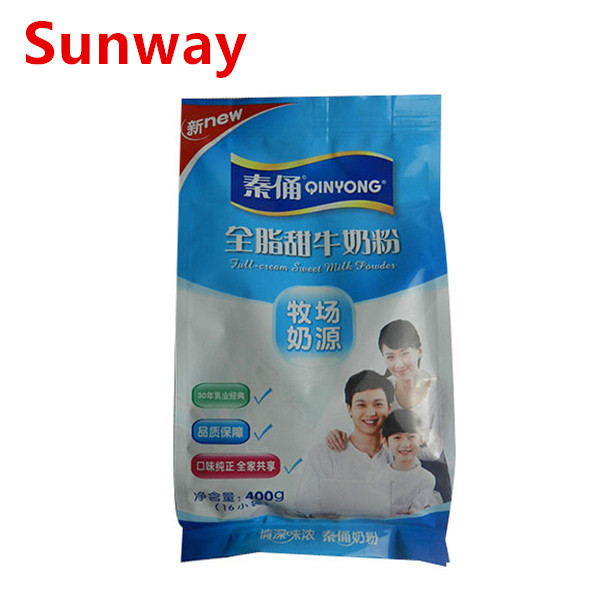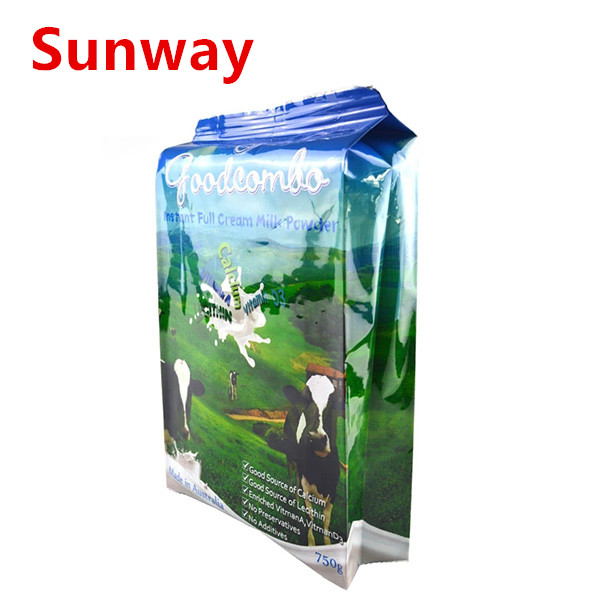Human dopamine D2 receptor antibody (D2R-Ab) Elisa kit
Instructions for human dopamine D2 receptor antibody (D2R-Ab) Elisa kit
The human dopamine D2 receptor antibody (D2R-Ab) Elisa kit is for research use only.
Detection range: 96T 2.0U / L-48U / L
Purpose: This kit is used to determine the content of dopamine D2 receptor antibody (D2R-Ab) in human serum, plasma and related liquid samples.
Experimental principle: This kit uses the double antigen sandwich method to determine the level of human dopamine D2 receptor antibody (D2R-Ab) in the specimen. The microplate is coated with purified antigen to prepare a solid-phase antigen. Dopamine D2 receptor antibody (D2R-Ab) is added to the microwells coated with mAb in sequence, and then combined with HRP-labeled antigen to form an antigen-antibody Enzyme-labeled antigen complex, after thorough washing, added substrate TMB for color development. TMB is converted into blue under the catalysis of HRP enzyme, and into the final yellow under the action of acid. The color depth is positively correlated with the dopamine D2 receptor antibody (D2R-Ab) in the sample. The absorbance (OD value) was measured at 450nm wavelength using a microplate reader, and the human dopamine D2 receptor antibody (D2R-Ab) in the sample was calculated from the standard curve
concentration.
The human dopamine D2 receptor antibody (D2R-Ab) Elisa kit consists of:
1 30 times concentrated washing solution 20ml × 1 bottle 7 stop solution 6ml × 1 bottle
2 Enzyme label reagent 6ml × 1 bottle 8 standard (96 U / L) 0.5ml × 1 bottle
3 Enzyme label coated plate 12 wells × 8 strips 9 standard dilutions 1.5ml × 1 bottle
4 Sample diluent 6ml × 1 bottle 10 instructions 1 copy
5 Developer A solution 6ml × 1 bottle 11 2 sealing film
6 Developer B liquid 6ml × 1 / bottle 12 1 sealed bag
Specimen requirements:
1. The sample containing NaN3 cannot be detected because NaN3 inhibits the activity of horseradish peroxidase (HRP).
2. The specimens should be extracted as soon as possible after collection. The extraction should be carried out according to relevant literature. If the test cannot be performed immediately, the specimen can be stored at -20 ℃, but repeated freezing and thawing should be avoided
Steps:
1. Dilution of standard products: This kit provides one original standard product. The user can perform dilution in a small test tube according to the following chart.
48U / L No. 5 standard 150μl original standard added 150μl standard dilution
24U / L No. 4 standard 150μl No. 5 standard added 150μl standard dilution
12U / L No. 3 standard 150μl No. 4 standard added 150μl standard diluent
6.0U / L No. 2 standard 150μl No. 3 standard added 150μl standard diluent
3.0U / L No. 1 standard 150μl No. 2 standard added 150μl standard diluent
2. Adding samples: set up blank wells (the blank control wells do not add samples and enzyme reagents, the rest of the steps are the same), standard wells, sample wells to be tested. Accurately add 50μl of standard on the enzyme-coated plate, add 40μl of sample diluent to the sample well, and then add 10μl of sample to be tested (the final dilution of the sample is 5 times) Add the sample and add the sample to the bottom of the well of the microplate, try not to touch the wall of the well, shake gently to mix.
3. Incubation: seal the plate with a sealing film and incubate at 37 ° C for 30 minutes.
4. Mixing solution: Dilute 30 times concentrated washing liquid with distilled water 30 times and reserve
5. Washing: Carefully peel off the sealing film, discard the liquid, spin dry, fill each well with the washing solution, let it stand for 30 seconds and then discard, repeat this 5 times, pat dry.
6. Add enzyme: add 50μl of enzyme label reagent to each well, except blank well.
7. Incubation: The operation is the same as 3.
8. Washing: The operation is the same as 5.
9. Color development: Add 50μl of developer A to each well, and then add 50μl of developer B, mix gently, and develop at 37 ° C in the dark for 15 minutes.
10. Termination: Add 50 μl of stop solution to each well to stop the reaction (at this time, the blue color turns to yellow).
11. Determination: Measure the absorbance (OD value) of each well in sequence with the blank air conditioner at zero and 450 nm wavelength. The measurement should be carried out within 15 minutes after adding the stop solution.
Calculation: take the concentration of the standard as the abscissa and the OD as the ordinate, draw a standard curve on the coordinate paper, and find the corresponding concentration from the standard curve according to the OD value of the sample; multiply by the dilution factor; or use the standard The linear regression equation of the standard curve is calculated by the concentration and OD value of the sample, the OD value of the sample is substituted into the equation, the sample concentration is calculated, and then multiplied by the dilution factor, which is the actual concentration of the sample.
Precautions:
1. The kit should be taken out of the refrigerated environment and equilibrated at room temperature for 15-30 minutes before use. If the enzyme-coated plate is unsealed after opening, the strip should be stored in a sealed bag.
2. Crystals may be precipitated in the concentrated washing liquid, which can be heated and dissolved in the water bath during dilution, and the results will not be affected during washing.
3. The sample adder should be used in each step of sample addition, and its accuracy should be regularly checked to avoid test errors. It is best to control the sampling time within 5 minutes. If there are many specimens, it is recommended to use a volley gun to add samples.
4. Please make a standard curve at the same time of each measurement, it is best to make a double hole. If the content of the substance to be tested in the specimen is too high (the OD value of the sample is greater than the OD value of the first well of the standard well), please dilute it with a certain multiple of the sample diluent (n times) before measuring, and finally multiply the total dilution when calculating Multiple (× n × 5).
5. The sealing film is limited to one-time use to avoid cross contamination.
6. Please keep the substrate away from light.
7. Strictly follow the instructions, and the test results must be determined based on the reading of the microplate reader.
8. All samples, washing liquid and various wastes should be treated as infectious agents.
9. The components of different batches of this reagent shall not be mixed.
Storage conditions and validity period:
1. Kit storage: 2-8 ℃.
2. Validity: 6 months
The
packaging bags of milk powder need to be targeted at the nature of milk powder,
with the following functions: long shelf life, fragrance preservation,
oxidation and metamorphism prevention, moisture absorption and agglomeration
prevention. Therefore the material we will be used for this feature is BOPP/VMPET/PE.
1. The composite material of BOPP meets the
requirements of the milk powder, good printing and strength
2. VMPET has good light resistance, good light
resistance and good ductility. It has metallic luster.
3. PE has good anti-pollution sealing and low
temperature heat sealing.
4. Aluminum
foil with good moisture, rust, gas, light and corrosion resistance, its
stiffness, mechanical strength moderate, good malleability, easy to process,
can be made with paper, plastic composite, high temperature resistance aluminum
plastic composite materials, suitable for high temperature sterilization
packaging, vacuum packaging. The use of aluminum foil composite materials can
effectively improve the shelf life of products; resist oil to the packaging of
infiltration dyeing.


Milk Powder Bag
Milk Powder Bag,Milk Powder Packaging,Milk Powder Pouch,Milk Powder Storage Bag
Shenzhen Sunway Packaging Material Co., Ltd , https://www.sunwaypack.com

